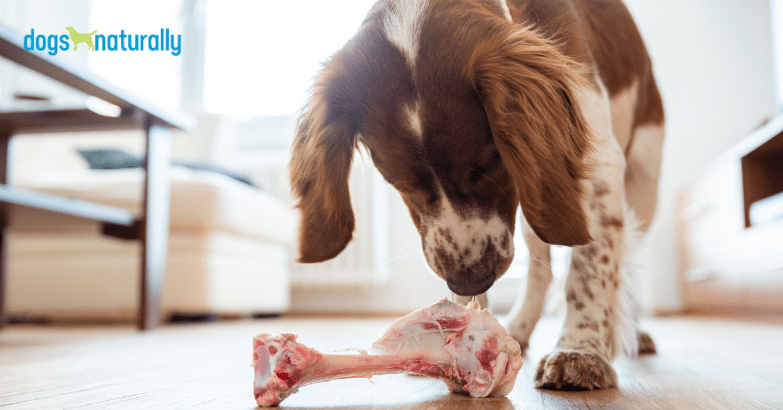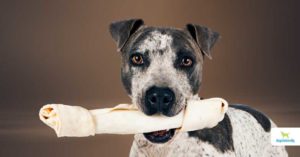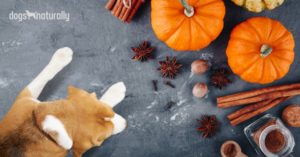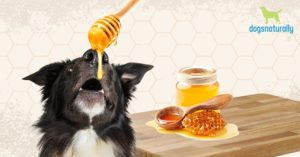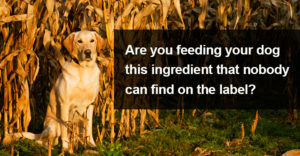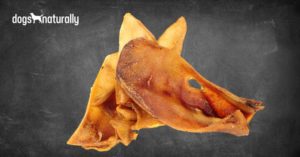Is your puppy naughty or just in need of a species-appropriate diet?
I’ve talked to many puppy owners lately who complain of hyper and unruly behaviors. Often the conversation includes stories of all the things the puppy has chewed.
In contrast, my husband and I have a lovely puppy who doesn’t chew on things she shouldn’t. She gets many compliments on her mature demeanor. I can say the same about the puppy we raised before her.
I can give credit to both their breeders for superb pedigrees. But another significant difference is a raw diet that includes recreational bones for puppies.
How Diet Can Affect Your Puppy’s Behavior
The big pet food companies and many veterinarians would have you believe that kibble is the only thing you should feed. That it’s complete and balanced, good for teeth and growing puppies.
The first kibble was a biscuit made for dogs in the 1860s. Soon after, manufacturing and commercialism combined, making kibble mainstream.
Kibble contains vast amounts of starches, sugars and flavor coatings. The manufacturers have to add synthetic vitamins to the food. This is because the processing destroys nutritive value. Think about how poorly children act with a constant diet of sugary cereal and starchy crackers. Both of these also have artificial colors and other additives.
It’s the same for your dog …
Dr Richard Patton wrote a book called Ruined By Excess, Perfected By Lack. In it he points out many other important dietary factors.
One of them is that foods high in protein and fat cause less rise in blood glucose. On the other hand, carbohydrates in foods cause blood sugar to sharply spike. And they cause obesity.
RELATED: Diet, brain health and behavior in dogs …
Other Problems With Kibble
Dry food makes puppies thirsty so they drink a lot of water and might have trouble with potty training. But a raw diet contains more natural moisture, so your puppy will drink less water. This makes bathroom breaks more predictable.
There are a lot of downfalls to feeding kibble, but canned food is not the answer either. Not unless you’re looking for a sterile, denatured product. Canned food also has questionable thickeners … and BPA can leach into the food from the cans.
There are kibble formulas for all stages of life … from puppyhood through adulthood and into senior years. In the wild, do wolf moms hunt a different kind of rabbit or deer for their pups from the ones they eat?
Of course they don’t.
Wild pups eat fresh meat, bones and organs – and so should your puppy. Early domesticated dogs ate real food. A raw meat-based, species-appropriate diet is still the best choice for your dog.
As part of her raw diet, your puppy needs to eat bones. Bones provide calcium and other minerals to support healthy skeletal development. They also support neuromuscular, cardiovascular, immune and endocrine function.
But it’s not just soft, consumable bones (like necks or ribs) that you feed as part of her meal. She also needs to work on chewing recreational bones.
RELATED: How to get your puppy started with raw food …
What Are Recreational Bones?
Recreational bones are bigger and harder bones that dogs can chew on … but not eat as food. They’re meant for hours of gnawing. But if you have an aggressive chewer, be sure to supervise her so she doesn’t break any teeth.
The bone needs to be large enough not that your dog can’t swallow it whole. Otherwise there could be a risk of choking or intestinal blockage.
Suitable bones for small dogs can be dangerous for giant breeds. And, always be sure the bone is raw – not cooked or smoked.
Some good choices are shoulder bone, pelvis, hip joint, knee, knuckle and femur.
RELATED: How to choose the best recreational bones for your dog …
How Bones Can Help Your Puppy
Chewing on bones does so much for dogs, physically and mentally.
Physical Benefits Of Chewing A Bone
Potato chips have different textures – they must work like a toothbrush, right? Of course, I’m being cynical … but many dry pet food labels claim to clean pets’ teeth.
In my experience as a veterinary technician, dry food results in plaque! But chewing on bones really does help clean dogs’ teeth. And for puppies, bones can aid the teething process, including loosening baby teeth.
The exercise your dog gets while working on a bone helps stretch and tone muscles, tendons and ligaments from her jaw all the way to her tail.
We enjoy watching our dogs’ acrobatics while they’re devouring a bone. They turn their heads from side to side and do lunges, flexing their legs and hips. They work on improving the dexterity of their paws. And they use their dewclaws to clasp onto ragged edges.
These movements can even help prevent future injuries. Canine cruciate ligament, hip, elbow and back injuries or diseases often involve surgery. And many weeks of rehabilitation. It’s a long process because ligaments get limited blood supply.
So why not strengthen these parts before a problem arises? Bone chewing gives puppies valuable non-weight bearing joint exercise.
Appropriate exercise in growing puppies is important. You want to save those long walks and high jumps for adulthood. Start with short walks for leash training and normal puppy playtime exercise, with plenty of rest and bone chewing in between.
This physical exercise gets rid of pent-up energy so your pup is less likely to misbehave.
Mental Benefits Of Chewing A Bone
Chewing on bones reduces bad behaviors due to boredom. It releases endorphins, creating happiness and stress relief. Artificially flavored bones made of thermoplastic polymer don’t create this same euphoric state.
I once witnessed a puppy who stayed with us for a weekend squeal with delight while relishing his first real bone. We’ve noticed around our house that after a busy, active day, our dogs instinctively go to their bones for a lengthy chew.
Veterinarian Tom Lonsdale has written many articles and books on raw meaty bones. He mentions how professional dog trainers observe the benefits of natural feeding. One of these is improving delinquent behaviors.
Right before your puppy starts to chew on something inappropriate … redirect her to an acceptable bone. Before long, she’ll redirect herself to the bone before doing something wrong.
Puzzle games are good for cognitive development.
One way to provide an interesting challenge is to offer your pup a new type of chewing bone. This could be a goat pelvis or bovine knee cap that she has to figure out how to tackle.
Marrow bones from young hooved animals are helpful, too. They’re not hard enough to break teeth, like bones from older animals are. And once the marrow’s gone, you can stuff them with another dog-friendly food.
One of our dogs’ favorite puzzle-type bones is an empty marrow bone with a duck foot pulled through the cavity. They work with their brains and mouths to get the two apart!
How To Safely Give Your Puppy A Bone
My house looks like a boneyard.
I like to keep slightly older bones around so my puppy can play with them or chew them when she feels like it. These are usually raw bones without any meat left on … and a safe size not to be a choking hazard.
I also keep one like this in her crate, which helps ease any separation anxiety. When I provide fresh bones, we separate or closely supervise our dogs. This lets us watch for any possessiveness that could spark disagreements among them. (Possessive behavior can be a danger to children as well, so be vigilant.)
Also, train your puppy to allow you to give and take bones at will. I teach mine to give up the bone … but they often get a delicious treat (like a piece of dehydrated lung) in exchange.
Food For Thought
The intestinal tract is also called the second brain. That’s because the gut and the mind work closely together. Gut health affects cognitive function (mood, behavior, intelligence).
Nearly 90% of the immune system lives in the gut. So gut health also creates a stronger puppy and healthier adult dog.
So, besides recreational bones, make sure your puppy gets a species-appropriate whole food diet with plenty of variety.
RELATED: How much calcium do puppies need?
For optimal nutrition, include …
- Eggs from pastured chickens or ducks
- Raw or cultured milk (as long as your dog isn’t dairy-sensitive)
- Minced fermented vegetables (all from organic sources)
- An Omega-3 source
We occasionally share our bee products with our adult dogs …
- Honey
- Royal jelly
- Propolis
- Pollen
But we don’t give raw honey products to our puppies. They may not be safe for very young dogs.
A species-appropriate diet supports your dog’s health and longevity. It’s easier to digest and delivers a broad spectrum of nutrients to.
One final comment I’d like to add is to remember the time spent with your puppy shapes her for life. Accept that she’ll be naughty once in a while. She needs training, guidance, food and, above all, LOVE!

